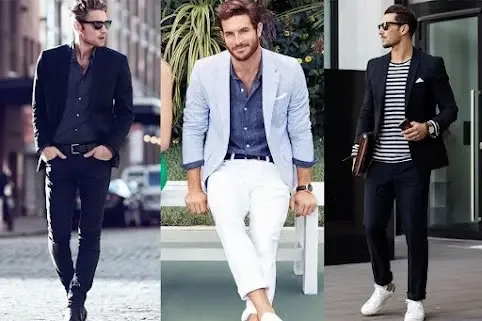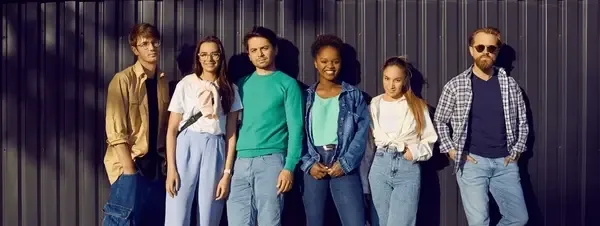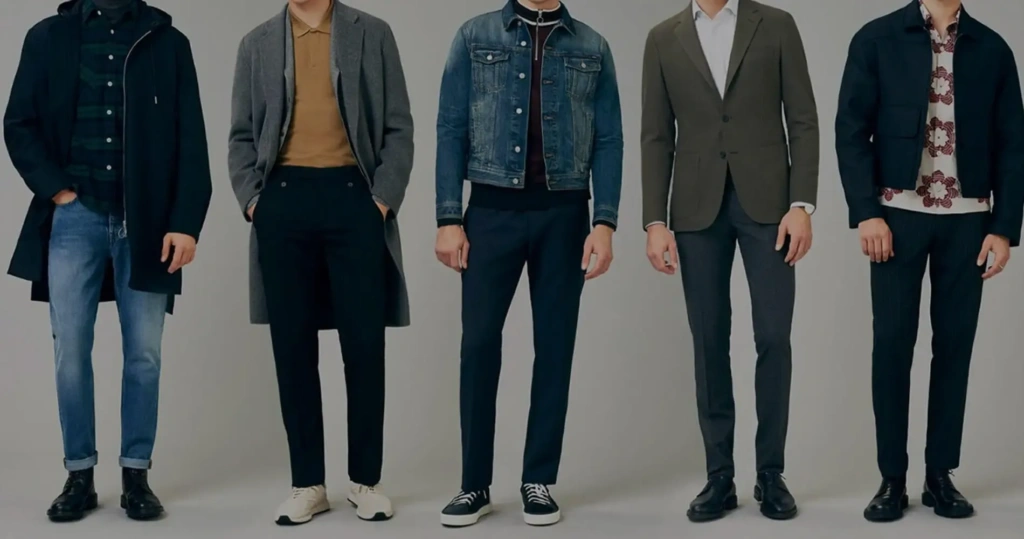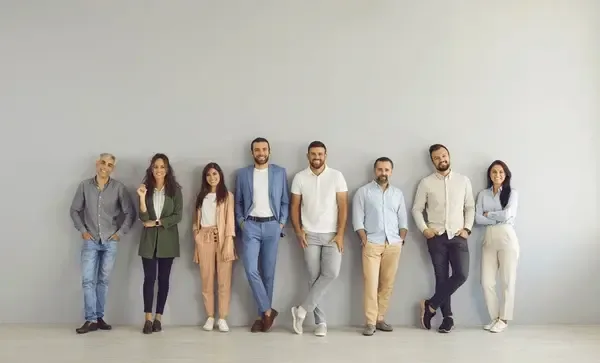In an era dominated by casual wear, the art of dressing up for a night out has become increasingly scarce. The rise of comfort-centric fashion, fueled by the athleisure boom and the normalization of remote work, has fundamentally reshaped sartorial norms. Casual ensembles, relaxed silhouettes, and effortless style now dominate the fashion landscape, reflecting a broader cultural shift toward prioritizing convenience and individuality over formality. Social media influencers and celebrities have further cemented this trend, championing laid-back looks that resonate with fast-paced, modern lifestyles. The pandemic, with its emphasis on cozy, low-effort attire, only accelerated this evolution. But what does this mean for the future of formal wear, and how is casual dressing redefining night-out fashion, street style, and everyday aesthetics? Let’s explore the forces behind this trend and its implications for contemporary dressing habits.

The Rise of Relaxed Dress Codes: How Casual Wears Became the Order of the Day
The erosion of formal dress codes is not confined to restaurants; it’s a pervasive phenomenon across nearly every aspect of public life. From theaters and operas to workplaces and airports, the once-ubiquitous expectation of dressing up has been replaced by a preference for comfort and practicality. Airports, for instance, now resemble sprawling sleepover parties, with travelers clad in loungewear and sneakers rather than tailored blazers and polished shoes.
This shift has sparked debate, particularly among older generations who view it as a decline in public decorum. However, it’s more accurately understood as a reflection of a profound cultural transformation, one that prioritizes individual expression over institutional norms. Linda Przybyszewski, an associate professor of history at the University of Notre Dame and author of The Lost Art of Dress, traces this evolution back to the 1960s. During this era, a generation of young people began to challenge established conventions, including rigid dress codes.
Before the 1960s, dressing appropriately was considered a civic duty, often taught through home economics curricula. Guidelines distinguished between public attire, formal, covered-up, and accessorized with hats and gloves, and private, more relaxed clothing. Similarly, workwear was tailored and buttoned-up, while eveningwear embraced color and frivolity. Dressing up for events like the theater or dining out was seen as a mark of respect for performers or chefs, as well as an opportunity for personal enjoyment.
Przybyszewski highlights how even the U.S. government once weighed in on public dress, citing a 1950s pamphlet titled How to Buy Shoes as an example. However, the anti-establishment ethos of the 1960s, coupled with the rise of casual Fridays and the pandemic-induced lockdowns, dismantled these norms entirely. Today, the absence of formal dress codes has become its own unspoken standard, with jeans and hoodies serving as the de facto uniform for many.

The Irony of Occasion Wear
Ironically, the decline of everyday formality has heightened the significance of events that still demand dressing up, such as weddings and galas. These occasions now stand out as rare opportunities for sartorial expression, often celebrated with heightened enthusiasm. Yet, as history has shown, fashion is cyclical. What falls out of favor often resurfaces, suggesting that a new generation may soon rediscover the joy of dressing up.
When that happens, it will likely be driven by personal choice rather than societal obligation, a shift that aligns with the broader cultural emphasis on individuality. After all, there’s undeniable power in peacocking in finery, using clothing as a medium for self-expression. And while casual wear dominates today, it’s worth noting that not all casual clothing is created equal. Exquisitely crafted jeans, hoodies, and sneakers can embody the same level of sophistication as traditional formalwear.

Setting an Example
In the meantime, those who choose to dress up whether for a night out or a casual stroll can consider themselves trendsetters. By embracing personal style and challenging the status quo, they contribute to a more diverse and dynamic fashion landscape. After all, the true essence of modern dressing lies not in adhering to rigid rules, but in celebrating individuality and creativity.
As we navigate this era of relaxed dress codes, one thing is clear: the future of fashion will be shaped by those who dare to redefine it. Whether through vintage-inspired glamour or elevated casual wear, the power to set trends lies in the hands and wardrobes of individuals. So, the next time you reach for that statement coat or pair of tailored trousers, remember: you’re not just getting dressed; you’re making a statement.
